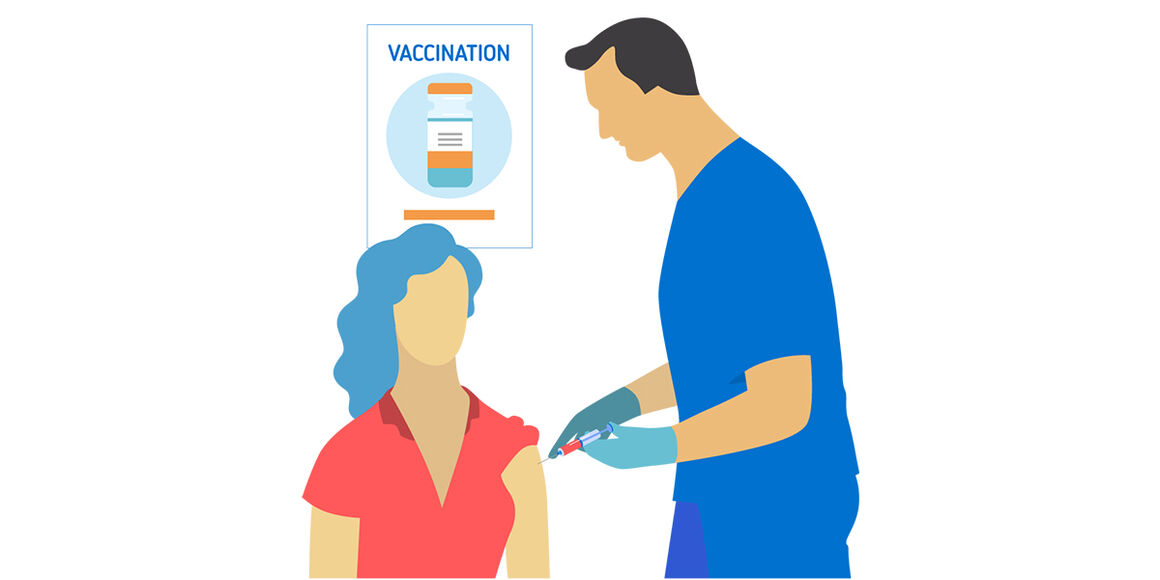Hepatitis B
What is hepatitis B?
Hepatitis B is an infection of the liver caused by the hepatitis B virus, which is spread through contact with infected bodily fluids.
Most infections occur through contact with infected blood, but semen, saliva and vaginal fluids can also be infectious.
Following an acute, or short-term, infection with hepatitis B, some people go on to develop a chronic, or long-term, infection.

What are the signs and symptoms of hepatitis B?
Many individuals have no signs or symptoms associated with short-term infection, but those who do may experience the following:
- jaundice (yellowing of the skin or whites of the eyes)
- dark urine
- tiredness
- loss of appetite
- abdominal discomfort
- nausea
- vomiting
- fever
What are the complications of hepatitis B?
Some people may develop a chronic, or long-term, infection. The younger a person is when they are infected, the more likely they are to develop chronic hepatitis B. For example, up to 90% of infants who are infected with the virus may develop chronic infections compared to less than 5% of infected adults.
People with chronic infection are at a higher risk of more complications, including cirrhosis (scarring of the liver) and liver cancer (hepatocellular carcinoma).

How is hepatitis B spread?
Hepatitis B is spread through contact with contaminated bodily fluids, such as blood, or during sexual contact. In the EU/EEA, sexual transmission is the most common route of transmission of the virus.
Less commonly, transmission sometimes occurs in healthcare settings due to the inadequate sterilisation of medical equipment, or the reuse of syringes and needles. Transmission via blood transfusions or blood products is now rare in Europe due to effective blood safety programmes.
The virus can also be transmitted during childbirth. This is rare in Europe thanks to testing programmes during pregnancy (antenatal screening) and vaccination at birth when the mother tests positive for the virus. However, transmission from an infected mother to her baby during pregnancy or childbirth (vertical transmission) remains one of the most common routes of transmission globally.
The virus may sometimes also be transmitted by sharing objects that have been contaminated with infected bodily fluids. Objects that break the skin or mucous membranes, such as razors and toothbrushes, can result in exposure to infected blood.
Who is at risk of hepatitis B?
Although anyone can get hepatitis B, the following groups are at greater risk:
- sexual contacts of people with hepatitis B
- people who inject drugs or share needles, syringes, and other types of drug equipment
- infants born to mothers with hepatitis B
- people who live with someone who has hepatitis B
- certain groups of patients such as diabetics or people on dialysis
- healthcare workers exposed to blood

How can hepatitis B be prevented?
The hepatitis B vaccination is the most effective form of prevention against infection. Safe and effective vaccines offer high levels of protection and most countries in Europe have implemented universal childhood vaccination programmes against hepatitis B.
It may also be prevented by
- safe injection practices
- safer sex practices
- comprehensive blood safety strategies
- robust infection control in healthcare settings
How is hepatitis B treated?
Most patients do not receive specific antiviral treatment for acute hepatitis B and are provided with supportive care based on their symptoms.
Chronic hepatitis B infection can be treated with antiviral medicines. Treatment does not cure a person from the infection, but it can slow or stop the progression of cirrhosis, reduce the likelihood of liver cancer, and improve long-term survival.
Note: The information contained in this factsheet is intended for the purpose of general information and should not be used as a substitute for the individual expertise and judgement of a healthcare professional.
